I have had a lovely weekend at Samye Ling with the new cohort, our eighth, of MSc students. I have a lovely tutor group this year and it was wonderful to hear their aspirations for Mindfulness in their life and work. It made the hairs on the back of my neck stand on end to get a sense of our collective desire to be happier and to suffer less, with a deep wish to help others to be free of their needless suffering.
We made a good start and I am curious to find out how the group develops over our Mindfulness and Compassion modules this academic year. For more information on the MSc, click here. You might want to join us next year!
Before the weekend, the members of the MSc teaching team from the MA and the University of Aberdeen met for a visioning day of discussions about how to continue to develop and improve the program. We spent a lot of time looking at and addressing feedback from our last two cohorts of students. One theme that emerged was a desire for more clarity about why we follow the Mindfulness Based Living Course (MBLC) approach, rather than the other secular Mindfulness Based Approaches and about the differences between the different approaches.
I think the first thing to say about this is that they are all derived from a Buddhist mindfulness context and that they have much in common with each other. Common elements between MBLC, MBSR and MBCT are the formal practices of Mindfulness sitting practice, bodyscan, Mindful movement and the informal daily life practices of three- minute breathing space and daily life activities.
There are also some differences. Generally, MBSR and MBCT were designed as clinical approaches for physical and mental health contexts respectively, whereas, MBLC was designed for everyone and not for a specific target group. For example, the MSc has professionals from many different professions and not just health.
Also, MBLC has an explicit emphasis on kindness and compassion from the beginning and builds on this through the course. It includes a series of exercises designed specifically to cultivate an atmosphere of kindness and self-compassion within the mind. Then when we learn more about the activity of the mind, from our Mindfulness practice, we are able to hold that with more kindness and compassion towards ourself.
I am typing this at the back of the room while Graeme Nixon, the program director from the U of A, goes through the University’s online learning system, how to find research journal papers and how to do academic referencing – so I am feeling a bit naughty! I will need to find a few words of wisdom to share with the group before the session ends. My mind goes blank!
I think I will go with some words from Akong Rinpoche – the founder of Samye Ling. The first quote is ‘Only the impossible is worth doing’ so let there be no limits to our vision and aspiration for our practice and its fruition. The second is ‘Judge everything as good’. So often in our Mindfulness practice we judge our experience of practice as somehow wrong and judge ourselves as somehow not up to the challenge. If we find ourselves doing this, we can instead aspire to judge it all as good.
We can all have a go at this and see what happens.
Kind Wishes
Heather
To visit our website: please click here
To join our membership: please click here
Follow us on YouTube: please click here
Follow us on Facebook: please click here
Follow us on Instagram: please click here

